The Kashubes’ Polka Picnic
The annual picnic celebrates the 73 years (until 1943) that these Polish ancestors lived on Jones Island.
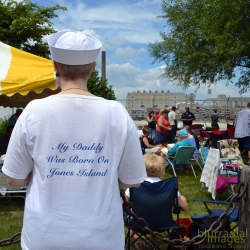
Linda Schweitzer-Gatton is tremendously proud of her Dad and grandmother, who was Milwaukee’s first postmaster by caring for the Jones Island post office. Photo taken by Brian Jacobson.
They come from miles around, some from as far as Utah, to celebrate a lost fishing village on Jones Island that existed roughly between 1870 until 1943. Kaszube’s Park is the smallest official park in the city, a patch of grass with a willow tree and a giant ship anchor, deep within the railyards and salt mountains that make up the landscape of what is now a peninsula under the city’s control and best known for the MMSD water reclamation facility at the northern end almost underneath Hoan Bridge.
The annual picnic celebrates heritage. Family members with nametags that often say Konkel, Tessler, Lenz, Jenka, Lierman, Bialk, Blach and Kolp gather around in lawn chairs and roast chicken on long spits while the Brewhouse Polka Kings perform. They are armed with folders full of photos, family trees and map plats displaying the exact locations of known families that settled on the island as fishermen.
The Kashubes are a West Slavic ethnic group from Pomerelia in north-central Poland near present-day Gdansk. More precisely, many of the attendees like to trace their roots back to a long, thin peninsula that hangs out onto the Baltic Sea.
When Jacob Muza decided that the heavily-wooded island off Milwaukee’s Harbor felt very much like home and found it rich with giant whitefish and other Lake Michigan hauls, families emigrated and then sponsored other families to live there. Soon the island contained a community of up to 1,800 residents. While often these people were considered “low” Poles by those on the mainland, soon they were lured by the incredible smell of fish fries and boisterous taverns on Jones Island. In the winter, long processions of Kaszubes walked or skated across the ice to attend mass at St. Stanislaus.
Kaszube’s Park marks the site where Struck’s Tavern was located, and is a space no bigger than most people’s backyard. With the help of the internet and social media, you can see along the chain-link fence photos from previous reunions as the numbers grow. As you can see from the gallery below (click on each photo for detail), these are the faces of John Konkel’s children and great-grandchildren. They are the descendants to Milwaukee’s first Post-mistress, famous fish net makers and all have great stories of their progenitors living it up and fighting for survival.
Photo Gallery
Photo Gallery
-
Independence Day Parades Snake Through Milwaukee
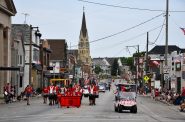 Jul 4th, 2023 by Jeramey Jannene
Jul 4th, 2023 by Jeramey Jannene
-
Juneteenth Draws Thousands To King Drive
 Jun 19th, 2023 by Jeramey Jannene
Jun 19th, 2023 by Jeramey Jannene
-
2022 Labor Day Parade
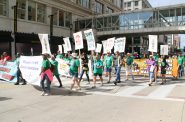 Sep 5th, 2022 by Jeramey Jannene
Sep 5th, 2022 by Jeramey Jannene


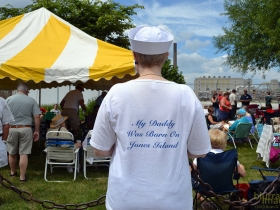
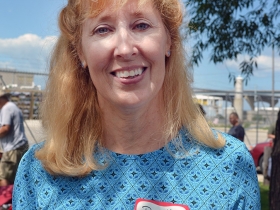
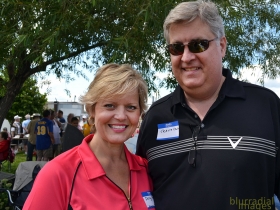
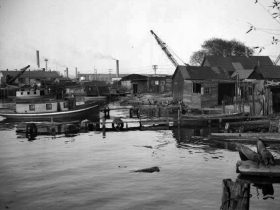
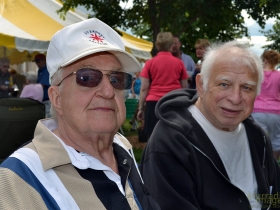
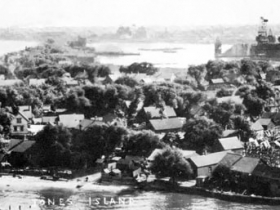
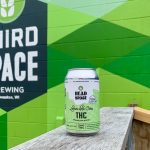

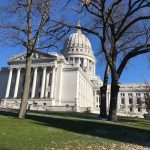












I really enjoyed this article. In my research on this part of Milwaukee’s history,I am still looking for the park. I guess it’s easy to miss.
Does anyone know where the original shipping channel that was filled in after the Army Corp built the current shipping channel., is located.
Jeff — most of the landmarks and coastal shapes were completely obliterated by the takeover–including the street names and shipping lanes. The original inlet would have been on the northeast side and shaped N-S. Traces of a few streets, like “Carferry Drive”, follows original routes (my favorite, “Mahnawauk”).
The Park is on the west coast almost parallel to the Allen-Bradley Clock. Follow the main roads on the eastern half until you reach the fenceline where the road crosses straight west across several rails and boxcars (the western road along the salt storage domes is all tore up right now).
*To get a better look at the island around 1888, UWM has a good set of maps available to view online that you can zoom in on, like so: http://www4.uwm.edu/libraries/digilib/zoom/am000138.cfm
We are very interested in the Kazsubes we just sit on Jones Island , and imagine how the people worked so hard !